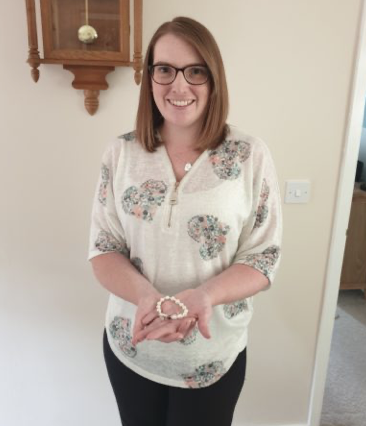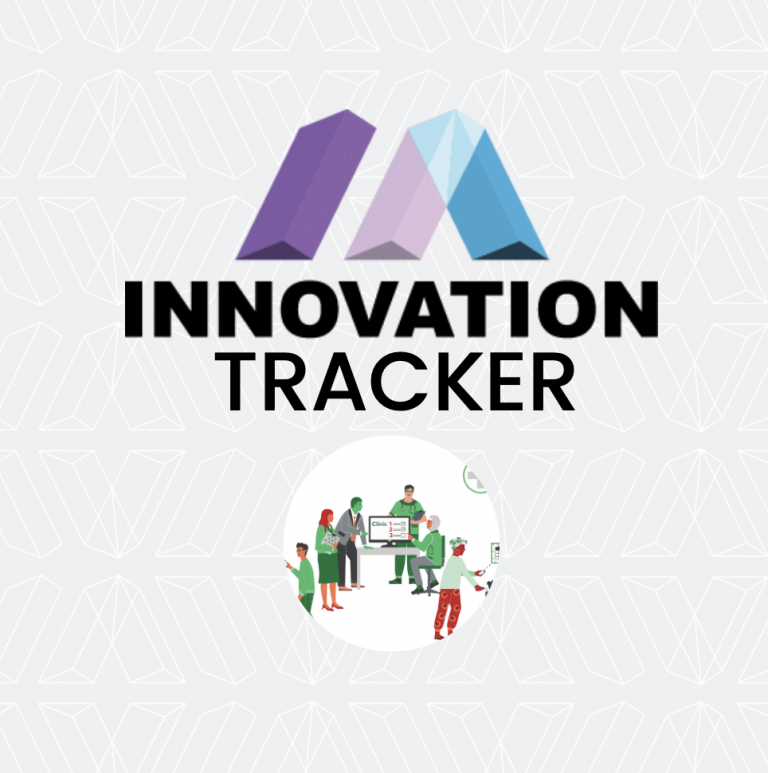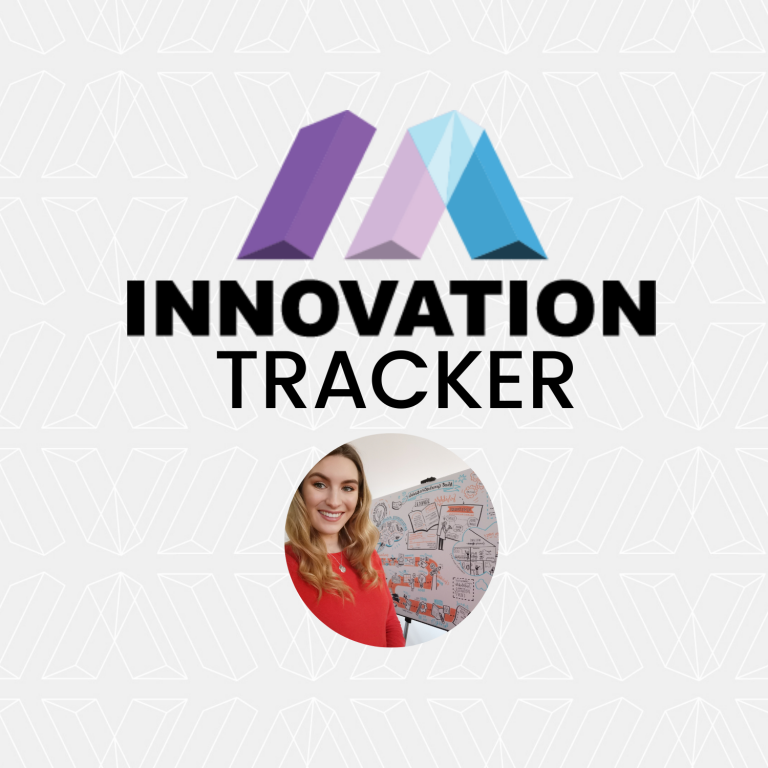Thank you to WMAHSN for sharing this case study. The Maternity Movement bracelet aims to reduce the number of stillbirths by monitoring baby’s movements.
BACKGROUND
The Maternity Movement Bracelet was created by Louise Macleod, the Maternity Voices Development Coordinator at NHS Telford and Wrekin Clinical Commissioning Group, back when she was pregnant in 2016. The project was funded and supported by The Local Maternity System (LMS) in Shropshire and Telford & Wrekin.
Once the concept of the bracelet was established, the pilot version of the bracelet was trialled locally and was found effective. The final design of the bracelet was then developed for commercialisation in partnership with the luxury jewellers, Davidov London Jewellery, thus becoming the ASKA Maternity Movement Bracelet.
The Maternity Movement Bracelet has been designed to help women monitor patterns in their baby’s movements during their pregnancy and to notice when those patterns change. This was important as changes in a baby’s movement patterns can highlight problems with a baby that may require medical intervention.
WHY DID YOU NEED TO INNOVATE
There are many challenges when it comes to reducing stillbirths. The NHS Long Term Plan reiterates the NHS’s commitment to a 50% reduction in stillbirth, maternal mortality, neonatal mortality and serious brain injury and a reduction in preterm birth rate, from 8% to 6% by 2025.
There has been an 18% reduction in stillbirth rates since 2010, resulting in 827 fewer stillbirths in 2017 compared to 2010. While this reduction shows that the NHS is on target to meet the interim ambition of a 20% reduction by 2020 there are still too many avoidable deaths and further changes that can be made to achieve a 50% reduction by 2025.
One of the key targets reported by Saving Babies’ Lives Care Bundle (SBLCB) is to raise awareness on reduced fetal movement (RFM). This target encourages awareness amongst pregnant women and the importance of detecting and reporting reduced movement.
The Maternity Movement Bracelet, therefore, has been designed to help women monitor patterns in their baby’s movements and to notice when those patterns change. There are two versions of the bracelet. Both bracelets have the same concept and have been developed and made by Davidov London LTD. However, there is one version of the bracelet that is available to NHS organisations and a commercial version which has been developed and branded in partnership with Davidov London LTD called the ASKA Maternity Movement Bracelet.

THE INNOVATION
The Maternity Movement Bracelet’s original design is a beaded bracelet, which has an elastic loop and charm that can be moved around each bead as an expectant woman feels a period of movement. There is one different coloured bead on the bracelet which signifies where the women will start the monitoring from each morning.
The idea of the bracelet is not to count how many kicks you have but instead to monitor how many periods of movement a baby has and to support noticing patterns in those movements. Changes in the babies’ movement patterns can highlight problems with a baby that may require medical intervention. When women notice changes to their baby’s pattern, they are encouraged to seek advice from their medical team.
Therefore, the bracelet helps to raise awareness on the importance of monitoring patterns in movements and reporting changes in fetal movements to a midwife straight away. The long-term aim of the bracelet is for it to reduce still birth rates by encouraging and motivating women to notice changes sooner and to also seek help sooner.
OUTCOME
The Maternity Movement bracelet has helped to raise awareness on the importance of reporting reduced fetal movement and it has helped to support pregnant women noticing patterns in movements. However, it was important to help women understand that each baby has its own unique movement pattern and as they continue with their pregnancy, they should be able to notice these patterns, which do not slow down as they progress with their pregnancy. The message that many people think of, but movement should stay roughly the same up until the baby is born.



